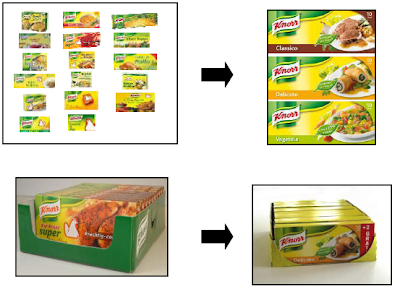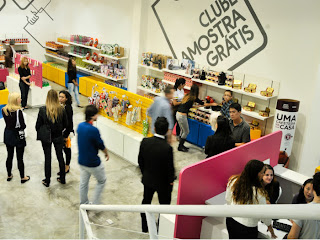
I came across an internal Knorr presentation from to 2006 which offers a really nice look on the the strategy of one of the world biggest CPG brands.
Knorr is a brand with products such as sauces, seasoning, bouillons and soups. It is the biggest brand in the Unilever portfolio. With sales of over 3 billion euro.
The presentation outlines three different actions to improve the annual growth rate: a change in the organisational structure, strengthening the brand equity and refresh the brand.
The flatter hierarchy of the brand means a better division of tasks between the local and global level. This global level is responsible for the brand vision, the strategy and other equity elements like visual identity and product innovation (mainly through R&D I assume). The local level is responsible for adapting the brand and products to local needs and to implement the innovation into it.

This local adaptation is not limited to the packaging and advertising but also the actual product. This can mean launching products varieties based on local recipes or tastes from the specific countries.
To implement certain decisions, some control was shifted back to higher level. For example: In Europe there were 17 different kind of package designs used for Knorr bouillon, this was reduced to one. Decisions like this probably allows some use of the scale and improvements in efficiency.
The brand refresh, reflected in advertising and packaging was inspired by a similar strategy used for the Dove made a couple of years earlier.









